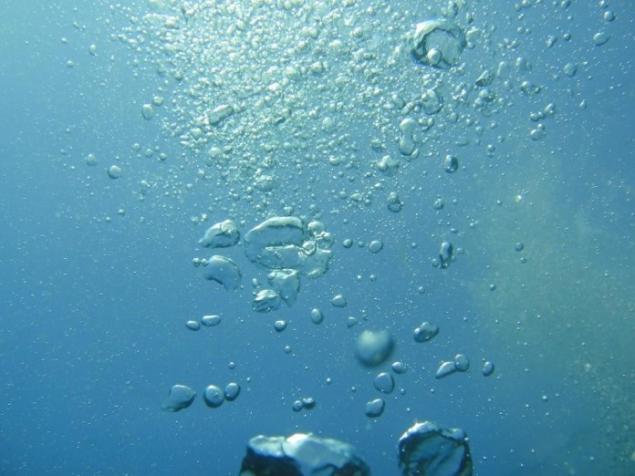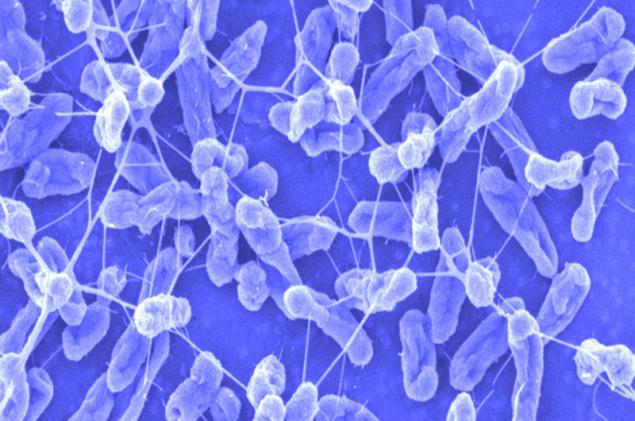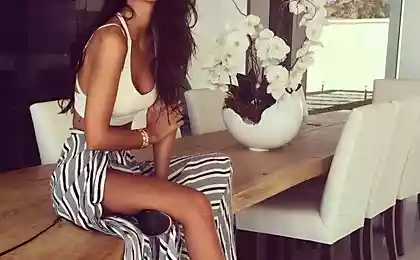419
Invented microbots effectively purify water
Ambitious new study by researchers from different universities and institutes all over Europe, which relates to the search for new, more efficient methods of purifying contaminated water has finally found its logical conclusion!
This research led him to the idea that the best way with the case handle hundreds of thousands of microbots, size does not exceed the average width of a human hair, that can be highly efficient to remove various impurities, in particular heavy metals, from water - up to 95%! In addition, as the creators say, this microbots technology can be used many times, which further increases its attractiveness for the modern scientific community.

As noted by Diana Vilela, one of the leaders of the project on creation of microbots, "This development is a significant progress in relation to the search for new tools and methods for purification of contaminated water without creating adverse contaminants." Scientists from the universities of Stuttgart, Catalonia and Barcelona have come to the conclusion that, using its unique technology microbots, they can maximize the impact of the outcome in relation to the rapid and qualitative treatment of polluted water environment - in particular, effectively eliminating traces of lead and other heavy metals.

How are these microbots and what they are all present? The answer to this question is easy - in fact, taken separately microbots is a tubular artificial micro-robot, which consists of three layers. The first layer of graphene oxide absorbs trace metals in the water, a second layer of nickel, gives microbots ferromagneticheskoe property, and a third, inner layer of platinum microbots allows water to move in the manner of a propeller motion.
Ability to "cooperation" of all three layers of different materials, leads to the fact that even the heaviest and "dirty" metals decompose in water and processed data microbots very quickly, leaving no traces of these metals in the most water.
This research led him to the idea that the best way with the case handle hundreds of thousands of microbots, size does not exceed the average width of a human hair, that can be highly efficient to remove various impurities, in particular heavy metals, from water - up to 95%! In addition, as the creators say, this microbots technology can be used many times, which further increases its attractiveness for the modern scientific community.

As noted by Diana Vilela, one of the leaders of the project on creation of microbots, "This development is a significant progress in relation to the search for new tools and methods for purification of contaminated water without creating adverse contaminants." Scientists from the universities of Stuttgart, Catalonia and Barcelona have come to the conclusion that, using its unique technology microbots, they can maximize the impact of the outcome in relation to the rapid and qualitative treatment of polluted water environment - in particular, effectively eliminating traces of lead and other heavy metals.

How are these microbots and what they are all present? The answer to this question is easy - in fact, taken separately microbots is a tubular artificial micro-robot, which consists of three layers. The first layer of graphene oxide absorbs trace metals in the water, a second layer of nickel, gives microbots ferromagneticheskoe property, and a third, inner layer of platinum microbots allows water to move in the manner of a propeller motion.
Ability to "cooperation" of all three layers of different materials, leads to the fact that even the heaviest and "dirty" metals decompose in water and processed data microbots very quickly, leaving no traces of these metals in the most water.























